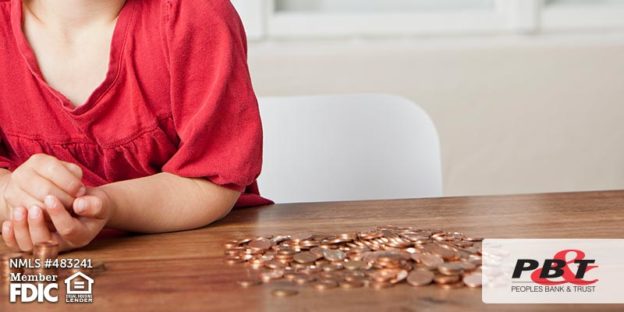Fall is here and that means it is time to start planning out those seasonal activities. If you haven’t started brainstorming or are stuck on ideas for your fall fun, no worries – we’ve got you covered with these tips to keep your kids busy! Whether you’re planning for the sitter, your own kids, grandkids, or just need something fun to do, take a few minutes to add some activities to your fall to-do list.
Fall Slime
With the unpredictable fall weather, the best activities can be done in or outside. Slime is a kid favorite, so why not make it fall-themed! This slime recipe will keep them engaged for hours!
How to create Fall Slime: https://bit.ly/3B1HhNH
Sidewalk Chalk Murals
If you get a nice fall day, be sure to craft your very own sidewalk mural before they are covered with snow! Whether you create designs or some games with chalk, you are bound to have a fun time. Sidewalk chalk is a good way to not only have a blast coloring but incorporating some learning. Encourage your kids to write letters, words, and names, as well as draw items to count!
Pumpkin Sensory Bag
Sensory bags are a blast! Create your own sensory bag by adding in the guts of a pumpkin and allowing your kiddos to engage in sensory play! To create yours add squishy pulp, juice, and pumpkin seeds into a plastic bag. You can even dye your pumpkin seeds with food coloring for additional fun!
Homemade Autumn Playdough
Kids love playdough so you’ll most definitely want to try out making your own – especially when it smells like fall! Check out this helpful recipe to get you started. Don’t wait until Halloween to decorate your pumpkins, use your playdough to craft pumpkins, ghosts, apples, and more!
Milk Carton Boats
Milk carton boats are a fun craft that gives your kids an opportunity to brainstorm. Use an old milk carton and craft a boat. You can even go as far as painting and decorating it! Once your boat is crafted, pick a nice fall day to put it in water to see how it floats. You can even have a competition and add weight to see who’s stays afloat longest.
Paint Kindness Rocks
Painting rocks can be a colorful craft and an act of kindness. This idea is as easy as finding some rocks and painting them. Paint inspiring words, quotes, or designs so once they are dry you can deliver them to family or place them around your community. Add a fall twist to your rocks or even decorate pumpkins instead to deliver around your town!
Glow in the Dark Mason Jars
Crafting your own glow in the dark mason jars is a must! They are great to keep in the backyard throughout the fall to enjoy. Here’s what you need to know about this craft to light up your backyard.
Organize Your Own Nature Scavenger Hunt
Get out and about to soak up the fall with your very own nature scavenger hunt. This can be as easy as creating a fall themed list for your kids to get out and find. From leaves to pinecones, this scavenger hunt will keep your kids busy! Keep your fall findings and incorporate them into your next craft!
Bob for Apples
Keep your kids cool and engaged by bobbing for apples. This activity is as easy as filling up a bowl with apples and water and let them bob away! Use this activity to work on counting and sorting. For young kids use this as an activity to improve their motor skills – here’s how.
Pumpkin Potions
Put on your aprons it’s pumpkin potion time! This wouldn’t be a fun fall activity list if there wasn’t at least one messy idea. To create this messy fun start with the first potion – a typical baking soda and vinegar experiment, which is always a big hit with the kids. Then add shaving cream for an added squishy element.
These ideas are easy to achieve and budget-friendly to keep the kids having fun and engaged this fall!
Peoples Bank & Trust Co.
Member FDIC
Equal Housing Lender







